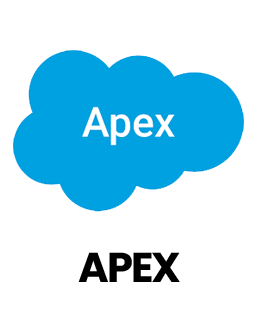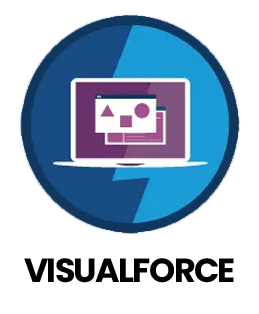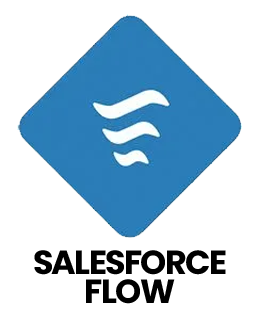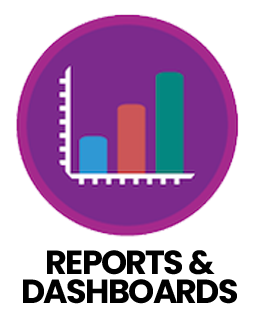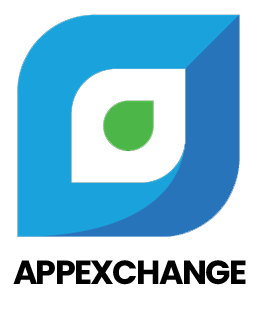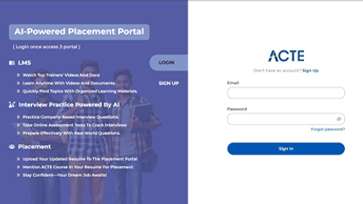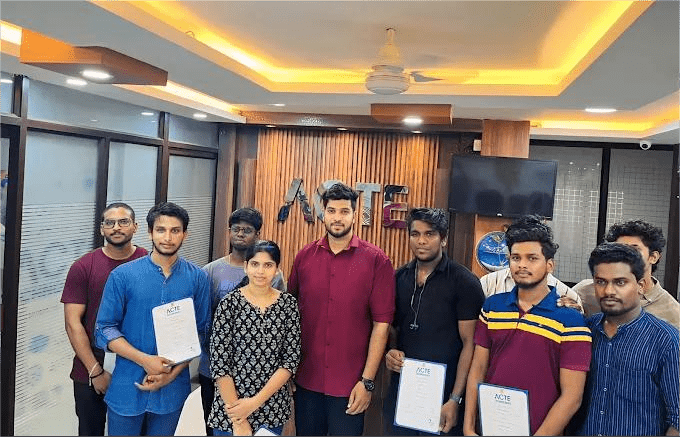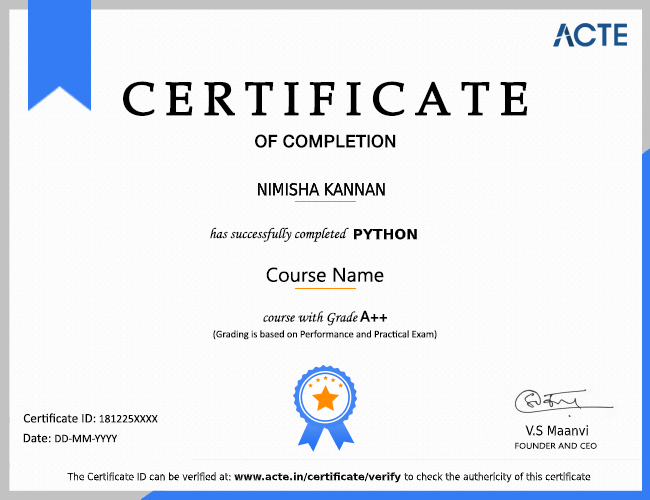1. Tell me about yourself and your experience with Salesforce.
Ans:
I am a recent graduate with a strong foundation in Salesforce and cloud technologies. I have completed hands-on projects involving Salesforce CRM, creating custom objects, workflows, and dashboards. I am skilled in Apex programming, process automation, and integrating Salesforce with other applications. I am eager to apply my technical skills and contribute to IBM’s innovative cloud and Salesforce projects.
2. What are the main features of Salesforce?
Ans:
- Cloud-based CRM platform
- Custom dashboards and reports
- Workflow automation
- Third-party integration
- AI-powered analytics (Einstein)
3. Describe a challenging Salesforce project you handled.
Ans:
In my final year project, I developed a Salesforce-based inventory management system. It involved creating custom objects, automated notifications, and dashboards for monitoring stock levels. The project helped me understand data management, automation, and problem-solving in real-time scenarios.
4. What are the different Salesforce clouds?
Ans:
- Sales Cloud
- Service Cloud
- Marketing Cloud
- Commerce Cloud
- Community Cloud
- Analytics Cloud
- Health Cloud
5. How do you ensure Salesforce data security?
Ans:
To ensure Salesforce data security, I enforce least-privilege access, field-level security, strong authentication, encryption, sharing rules, audit monitoring, and regular backups to keep data secure and compliant.
6. What is a Salesforce Trigger and when would you use it?
Ans:
- Identify the key metrics and KPIs required by users
- Apex code that runs before or after record operations
- Automates complex business logic
- Works on insert, update, delete, or undelete operations
- Example: Automatically update related records after a change
7. How have you improved a process using Salesforce?
Ans:
I automated a lead-to-opportunity process in a project using workflow rules and process builder. It reduced manual tasks by 50% and improved response time for leads, demonstrating efficiency and better data handling.
8. What is the difference between a Role and a Profile in Salesforce?
Ans:
- Role: Determines record visibility via hierarchy
- Profile: Controls object and field permissions
- Roles manage access; Profiles manage actions and capabilities
9. How do you stay updated with Salesforce and IBM technologies?
Ans:
I follow Salesforce Trailhead modules, IBM developer resources, webinars, and certification courses. I also participate in community forums and tech blogs to stay current with trends and best practices.
10. What are Salesforce Governor Limits? Give examples.
Ans:
Governor Limits prevent overuse of system resources in Salesforce’s multi-tenant environment.
- Maximum 100 SOQL queries per transaction
- Maximum 150 DML statements per transaction
- Maximum 6 MB email attachment size






